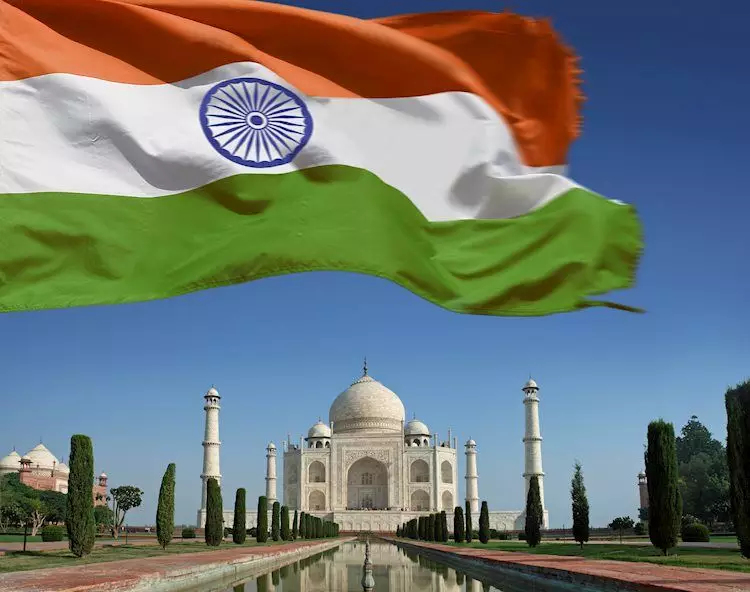The Indian Rupee (INR) faced downward pressure in the early Asian session, influenced by the weakening of Asian currencies and increased USD demand from importers. This trend is further exacerbated by the anxiously awaited speeches by Fed officials Christopher Waller and Raphael Bostic, which have the potential to provide fresh impetus to the market. Additionally, the upcoming release of the US GDP Annualized for the second quarter and the US Personal Consumption Expenditures (PCE) Price Index are also events that are closely watched for their impact on the currency.
The Role of Domestic Factors
Despite the external pressures, the INR remains buoyed by positive movements in the domestic market, including optimistic growth projections by the International Monetary Fund (IMF). The IMF’s forecast of India’s real GDP growth reaching 7% in 2024 indicates a positive outlook for the economy and serves as a driving force behind the INR’s resilience. However, concerns regarding a slowdown in economic growth, as indicated by a Reuters poll projecting a sluggish expansion in the April-June quarter, highlight the delicate balance that the Rupee must navigate.
From a technical standpoint, the USD/INR pair presents a mixed picture. While the price remains above the key 100-day Exponential Moving Average (EMA), suggesting a bullish bias, the 14-day Relative Strength Index (RSI) hovers near the midline, indicating a potential struggle at current levels. The psychological resistance at 84.00 poses a significant barrier to further upside movement, with a breach possibly opening the path to higher resistance levels.
The Indian Rupee is highly sensitive to external factors, with the price of crude oil, the value of the US Dollar, and foreign investment levels all playing a key role in determining its trajectory. The Reserve Bank of India (RBI) plays an active role in intervening in foreign exchange markets to stabilize the exchange rate and influence inflation levels through interest rate adjustments. Macroeconomic factors such as inflation, interest rates, GDP growth rate, balance of trade, and foreign investment inflows all contribute to the overall value of the Rupee in the global market.
Navigating the complex dynamics of the Indian Rupee presents both challenges and opportunities for policymakers and investors alike. Balancing external pressures with domestic market trends, while also factoring in technical indicators and macroeconomic variables, requires a nuanced approach to trading the currency. As global markets continue to evolve and economic landscapes shift, the resilience of the Rupee will be tested, highlighting the need for a comprehensive understanding of the various factors at play.

